On my way back to Japan, powered up by my extremely productive day in Munich, I decided to route via Frankfurt. I’ll jump right away to the point: there was a place I not only wanted, but HAD to visit. It should come across as no surprise that I am a fan of mechanical things – trains, planes and automobiles. In Frankfurt there is a museum that has all of these – and military equipment to top that off, as well. It’s split over two sites, and it has an absolutely incredible array of classic cars, planes, trains, tanks, organs (as in, the church kind), and a bunch of other things. But believe it or not, this is all entirely secondary. There was a more important reason in this museum to visit it – topping all the Ferraris, visitable planes, T-42 Russian tanks and so on.
Warning: I can’t find absolutely any reasonable way to make this post short, so if you don’t like planes and cars, just skip this. It’s going to be long, it’s going to feature lots of them, and if you don’t like it, well hey. What follows is plane porn and car porn, level 99+, so beware.
One of my most favourite planes in the world is the Concorde. To this day, one of the biggest regrets of my life is not having flown one; I got into the points game too late to benefit (back then, you could sign up for 1,000 issues of a magazine, get enough Qantas points to move them to British Airways, and book a Concorde ticket – and the magazines….. well, Greenpeace can go to hell). The best I could do was visit the Seattle Air and Space museum, where I showed up on a Saturdfay morning literally at opening time in the rain, and the old lady who opened the Concorde for me looked completely perplexed as to why anyone would a) bother b) not even start in the main hall, and c) not even care about the nearby Air Force One plane. I spent a good amount of time in that plane just basking in the awesomeness.
There is another plane that holds an equal special value for me. It was mostly taken out of service by 1978 (except from NASA, oddly enough, which used it until 1997). It is, of course, the Tu-144. Having flown before the Concorde, faster than the Concorde, higher than the Concorde and less than the Concorde, it remains to me a true technological marvel. I have never actually seen one: I know there is one in the suburb of Moscow (where I also went after this trip, but that’s another story), but besides that, there just really aren’t many of them on display, because they just didn’t build very many in the first place.
Except here. In Sinsheim.
The Sinsheim Auto & Tecnik museum is the only place in the world that has both a Concorde and a Tu-144 on display. Side by side. Let that one sink in. Both technological marvels of the 20th century, back to back. So I obviously had to go.
Of course, my initial experience was my usual place of pilgrimage: the Frankfurt Airport Sixt station. I chatted with the manager about what was available; and he had no BMW Ms, AMGs or anything of the sort, but he was happy to give me a Jaguar F-Type (ha!) – except this time… a type S! A quick check showed me that it was a V8 (unlike the V6 of the one I drove before), with the speed limiter raised to 275. Woohoo! I’d need a Type R to go over 300, but none were to be found anywhere.
So these were to be my wheels for two days (a day in Frankfurt, and a day in Cologne, to visit a good friend).
I went out onto the autobahn and tested the speed limiter. It was definitely higher!!!!
The car did top out at 278 km/h – I couldn’t take it any higher than that. But it was inordinately satisfying.
A funny aside. I read a lot about German autobahns over the years, and it seemed that the recurring theme on them is pretentious assholes in expensive sportscars who tend to ride up to slower moving traffic in the left lane and stress out the Sunday drivers who are going at serene cruising speeds of about 140. So when I drove around in both Munich and Frankfurt, I kept an eye on my rearview mirror, as I didn’t want to be any Ferrari’s roadblock; I wanted to make sure I made way for any supercar that came. This strategy worked fairly well, though the only thing that I found to be somewhat irritating were the slow Sunday drivers that would sit in the left lane and putter about at their piddling 140 km/h when I was trying to test how far to the right the speed needle would go. The Jaguar has a “sports exhaust” button – read up on it, it’s actually a pretty cool invention – where what happens is when you turn it on, and lift the gas, the car sprays a very tiny amount of fuel into the exhaust pipe. It does two things: it creates a loud exhaust burble, and in some cases, it might even throw out bits of fire. Especially on the Type S, it’s LOUD AS HELL. So loud, in fact, that every time I would pull up behind one of the damn Sunday drivers and lift the gas, the car would angrily cough and burble, and the Sunday drivers would toss themselves to the side, sort of like if some sort of a pretentious asshole in a Ferrari pulled up behind them.
But through all my days of driving, not once did any Ferrari or Porsche or anyone, really, try to pass me. I wonder whether those stories were even true?… I think they were written by angry camper car drivers.
Anyway, so I made my way to Sinsheim. Obviously I drove as fast as I could, because I realised that the two museum sites are actually not that close together, so I’d need to spend a few hours in Sinsheim, and then dash over to Speyer, which was a bit of a drive away and which had some other interesting exhibits – like the Russian Buran, which was, as you might see as a theme, a better version of the Space Shuttle that only a few were made of, of which one died a completely ignominous death when the hangar it was in collapsed onto it, and the others just kind of went all over the place. A very typical story of Soviet aerospace history, which is incredibly sad. Anyway.
Since I landed at 6am and was on the road by 8, I was able to get to the museum far before anyone else, and in fact, I was the only one in the parking lot. This allowed me to take what I consider to this day one of the best pictures I’ve taken of any automotive object.
I just HAD to take another one.
The first hall starts with a collection of old American cars. Decadent creations of the 1950s with oodles of chrome, flares and space-age inspired body designs.
Look at this blue Cadillac! They just don’t make them the way they used to anymore.
A C3 (third generation) Chevrolet Corvette, circa mid-1970s.
Look, just LOOK at that rear valence!!!!!!!! There is so much excess on this Cadillac, and it’s absolutely wonderful.
There’s lots of other mechanical creations in the first hall. Tanks, tractors, planes, exploding things.
Here’s a Russian T34! It’s really interesting to find THIS much Russian equipment here… in what technically is an “enemy” country.
And a T55.
And another T34.
Back to the main room – some tractors, motorcycles, wheels…
A Nazi-era Junkers plane…
Going outside – there’s a collection of visitable planes. This Il-18 from Czechoslovakian Airlines (with a great looking tail that says “OK” on it, probably as a sort of a desperate plea for help from a land of rationed bread, planned economy and Tatras).
It’s simultaneously a slide and a half-preserved interior. Odd combo.
Russian cockpit. Look at ’em switches!
A Lufthansa plane that I forgot the make of…
Once again, a partially preserved interior.
A Bulgarian Il…
No interior here (unless the Bulgarian communist-era planes featured standing seats due to deficit, i.e., absence of available seating contraptions, which is quite entirely possible).
A Junkers Ju-52…
… I kind of wish they preserved the interior here – I wonder how these WW2 era planes looked like inside.
Anyway – enough with the foreplay. As I previously said, I didn’t come here for any of this. Unlike Seattle, where I immediately ran straight for the Concorde, I kept walking around in circles of the main exhibit here. And finally, it was time to go see them both.
From far away, this is what it looks like. Superlatives escape me. Magnificent is too shallow a word to describe this. Just. Look. At. This.
Concorde is the first one you visit.
The interior is partially preserved for ease of walking. Because the plane is angled upwards, it’s actually somewhat difficult to walk inside it. Not to mention that it’s a freaking narrow plane – if it didn’t fly at Mach 2.04 I think it would be just relegated to a forgotten regional jet legacy.
Fancy cockpit with dials and … dials.
The seats. Flat beds? Ha! You don’t need flat beds, it’s 3.5 hours New York to Paris or London! And you’re being so wildly excquisitely fed, that you’d just be mad to sleep through that. The windows, incidentally, are TINY. If you imagine a 787 window to be about the size of a good soup plate, then the Concorde window is about the size of a turtle’s brain. I’m exaggerating a LITTLE bit, but only a little bit. Phrased differently, the windows are as small as the exclusivity and magic is giant.
You might notice there is no “first class” or “business class” in the plane. As a friend of mine recounted, when his parents wanted to fly the Concorde, they went to the BA ticket counter at JFK airport, and said to the agent, “Two tickets for the Concorde, first class please,” to which the agent replied, with a typically British sardonic look, “Sir, there is no first class on the plane. This is Concorde class.” Meaning regional jet seats with foie gras, caviar, vintage champagne and a view of the curvature of the earth from 50,000 feet – while the proletariat puttered about at 36,000 feet. In the basement, really.
The view from underneath the plane. The silhouette is simply… mind-blowing. What a plane.
But in all honesty, although the Concorde is a plane with a tremendous amount of history and mystique, in my view, it completely pales in comparison before the Tu-144. There are many a reason for it; if anything, the so-called “exclusive” club of Concorde fliers is infinitely smaller for the Tu-144, because commercial operation went on for only about 4 years, if that (it would appear that part of the reason was that they never really knew when it’d just sort of…. blow up, so they couldn’t quite load it up on full capacity to mitigate losses, so they used it for mail and cargo transport). As well, only a few were ever built, and with most having rotten away somewhere in armpits of Russia (and one being rented by NASA for weather experiments until 1997 (!) ), there simply really aren’t any that you can visit inside. There is one “fairly good” example in Monino in the suburbs of Moscow, but having visited that one, you uh … actually can’t visit it. So to the best of my knowledge, this is just about the only visitable Tu-144 besides the Civil Aviation Museum in Ulyanovsk… but let’s just say between Sinsheim and Ulyanovsk, it’s just a very little bit easier to get to Sinsheim (look up Ulyanovsk on a map, and let me know just how the hell you’d plan to get there – although that’s an interesting challenge I just might undertake).
Look at that profile!
Rear view.
The rawness of those engines…
Two planes that, as far as I’m concerned, forever changed aviation history. That hyperbole was useless because quite prosaically, once BA and Air France killed off the Concorde, nobody else travelled at supersonic speeds (at least as of this writing, 13 years later), so maybe they didn’t really change that much about aviation history besides being curiosities. Yeah, I’m bitter as hell because I never flew in either.
Semi-preserved interior with a great amount of pictures about how they got this thing from Moscow to Sinsheim, considering it, you know, didn’t really fly for 20 years or so (unlike the Concorde, which, for all we know, got there on its own power. Well, in all fairness, they brought it on a barge, kind of like the Tu-144, but at least they brought it one piece – they didn’t have to saw the wings off…).
Pretty pictures of Russia and the plane being brought, like a Lego kit, in a million pieces.
Logbook of the plane.
Seats. They don’t look too comfortable, but a) considering load was usually half (half of the tickets were magically always “sold out”, it seems), and b) it only flew around Russia (which is, admittedly, huge – but the typical flight was Moscow-Alma-Ata, which is a 4.5 hour flight on the typical pedestrian airliner, unlike the 7-8 hour trans-Atlantic flight that the Concorde cut in half), so there isn’t any time to complain about the seats.
Cockpit. Look at all the levers and switches! I don’t know why it’s green, by the way. Maybe to pacify the pilots.
Dials and switches galore!
View from below. Do you notice how many wheels it has??? Double of the Concorde! Because you know. Safety is paramount!
Another shot of the beautiful bird.
Quite honestly, after this journey into the golden age of flying, I didn’t think anything else would really impress me in this museum. I was right: once again, I will say, that nothing will beat a Concorde next to a Tu-144. But their car collection in the hangar below the supersonic duo was actually impressive enough to come close.
First, this museum has the largest Formula 1 car collection in the world.
See that yellow car in the back?
Hell yeah. That’s the Williams Renault that Ayrton Senna drove.
This is Alain Prost’s McLaren.
This is a 6-wheeled Tyrrell, made in the days when there were no real rules; the creator felt it would steer very well, and it did – so well that it was going to sweep the winning poles… until it broke down, and by the time they fixed it, FIA has rapidly introduced a rule that said that an F1 car must have four wheels, not a random caterpillar number.
There was also Schumacher’s first F1 car (a Benetton), etc.
Moving on to regular cars. Here’s an Aston Martin DB6.
A Ford GT.
And here begins the porno wall of the 1980s / 1990s teenager. I will cut off my left hand if there’s anyone out there who DID NOT have a poster of at least one of these cars on their wall back then.
Here’s a Ferrari F40…
A Lamborghini Countach…
A Testarossa… (although I always thought of it as the retarded cousin of the F40 – but somehow this retarded cousin fetches close to half a million these days in museum condition…)
The epitome of “We make cars whoever ponies up the cash, i.e. Arab sheikhs” – also known as the Lamborghini LM002. Sadly, they didn’t have the LM001, which was even more ridiculous. A Lamborghini V12 wrapped into something on a high suspension and lots of loud decals? Bloody hell, yeah, I want to ride around the sand dunes downtown Paris (because sand dunes are scary) any day in that!!!!!!
(oh you thought I would be freaking joking about downtown Paris. Nope. This is from a few years back.)
The next few cars are an interesting story too.
For the longest time, I was looking to cross off certain cars off my list of cars that I’ve seen. These were cars that variously made history, and were rare and special in some way, and somehow shaped our understanding of today’s method of locomotion. The F40 was one of these, I found one at a car show in Montreal a long time ago. The Countach is one, but that one can actually still be seen on the street. There was the DeTomaso Pantera, which again, I’ve seen somewhere. There are a few others, most of which I have found; some were still left. One was the Porsche 959 that I couldn’t quite find yet… and one was the Mercedes-Benz 300SL. Considering only a few hundred survive to this day, and I wasn’t prepared to go around Cuba looking for a rusted-through one, I was looking for one in a museum. Finally, I managed to find one at the Petersen Automotive Museum, where they had one – on loan – as part of a “cars that shaped the 20th century” exhibit. The doors weren’t open, but I was still happy to see one of the legends.
Then I came to this museum, and bam. The Germans do everything big. There are FOUR of them, one of which is a limited edition (of an already limited-edition car!) Le Mans-related one. Considering the lame “regular” ones regularly fetch $1M and up, this was like $5M+ of just 300SLs sitting there. I was blown away.
Look at this beauty. I can understand why it shaped the design of a generation. Or five.
This is the limited edition one. The blue is what gives it away.
Look at those doors. Completely impractical (despite what Mercedes had you believe – DeLorean had it right though!), but oh, so beautiful.
Extra bonus: a 1930s Bugatti. Can you imagine driving this car sometime after the Great Depression? I guess Bugatti has never quite fit into the “average” playboy’s life. You truly had (and have) to live on a different planet to own one…
The Lancia Stratos… redefining rally winning, one loose component at a time! I don’t think a more unreliable and impossible to drive car has ever been anywhere nearly as successful as this thing. It’s a complete paradox.
A Jaguar E-Type (considered one of, if not the, most beautiful car of the 20th century), a Porsche 356 and a Jaguar D-Type. Also a pair of steam locomotives. (?!)
A DeTomaso Pantera. A Ford-powered concoction that I still find to be one of the most underappreciated cars – ever.
And on a final note, a complete gem. A true to goodness Lamborghini Miura. Once again, for 1970s, this was something of a spaceship / jetfighter / snake oil / mermaid’s dream mixture that was completely impossible to drive and yet exuded futuristic exuberance. A beautiful, rare specimen of a car that once again, redefined a generation. (This is a really gratuitous expression since there are so many generations in a century, that you can freely redefine a few and nobody will even notice, because if someone objects, you can just argue it redefined your generation but not theirs).
And on a final note, you know those stupid, stupid eyelashes that Fiat 500s and other idiotic contraptions that are called “cars” just because they have four wheels and are self-propelled, have lately? Every once in a while I see one of those rolling nightmares, wrapped in pink, with eyelashes on the headlights, I just want to go postal on it and push it off a cliff into oblivion. Now the Miura – this car did it right. They look like eyelashes, right? They’re freaking RADIATORS, because the engine generates so much heat that it needs all the cooling it can get….. even though the engine is in the back, and the radiators are in front. What an insane, beautiful design.
So after my mental drooling over these fine examples of human achievement in self-propelled locomotion was complete, it was time to head to the second site – Speyer, which had another interesting object I’ve been looking to see for the longest time – the Buran.

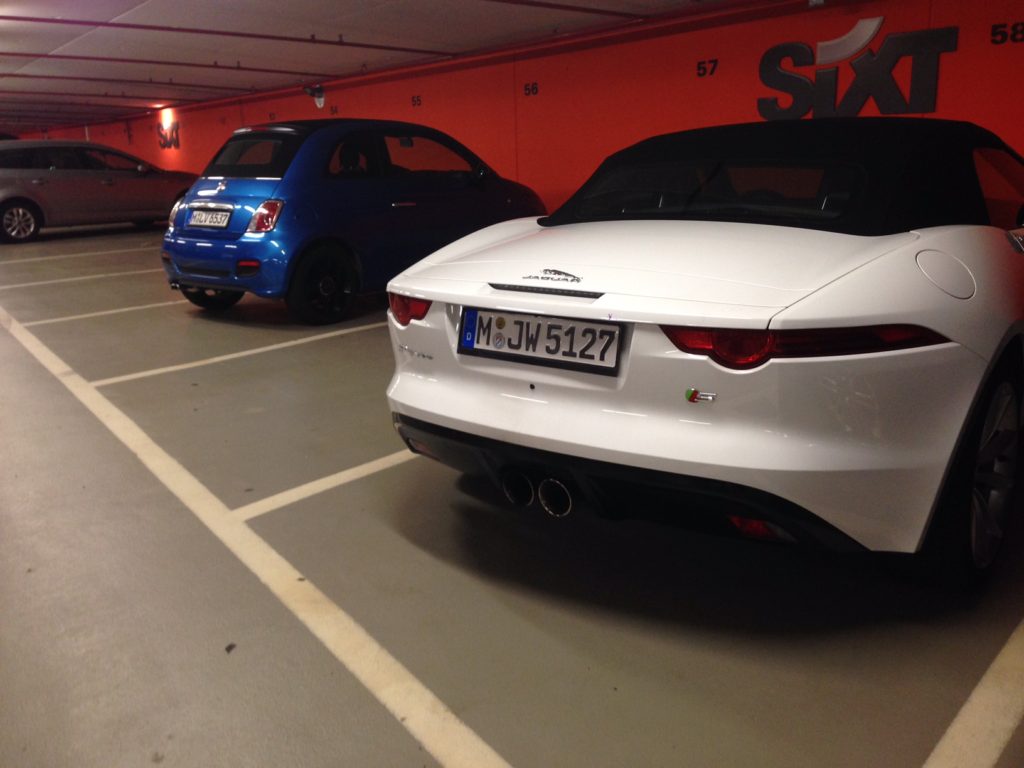


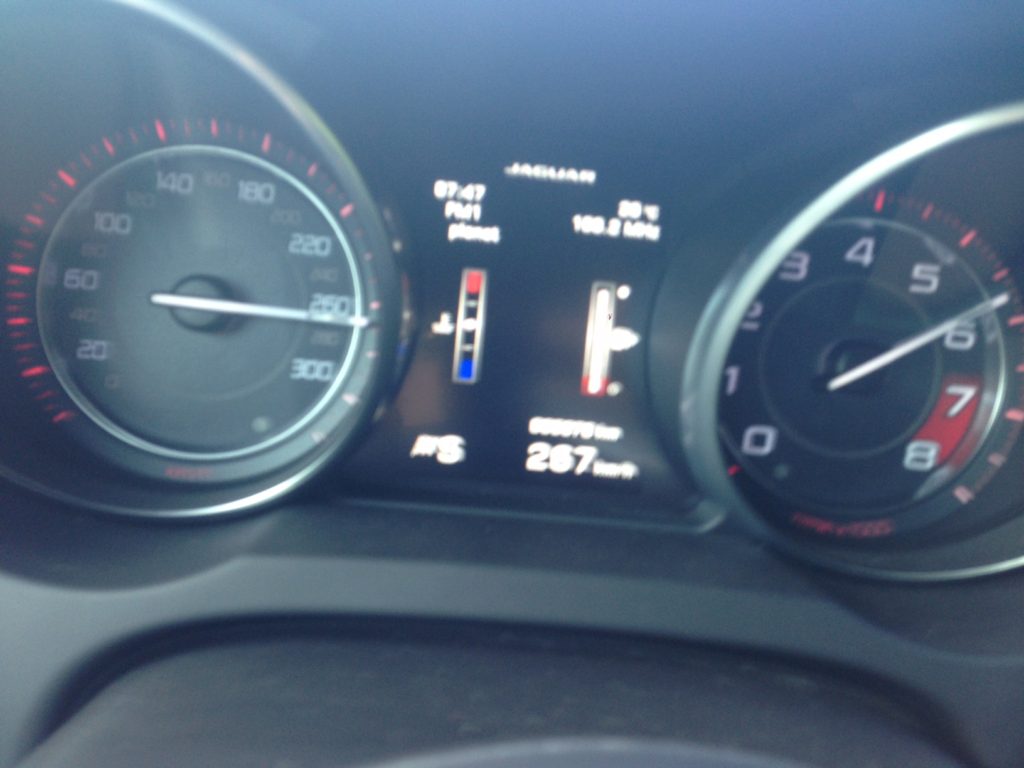

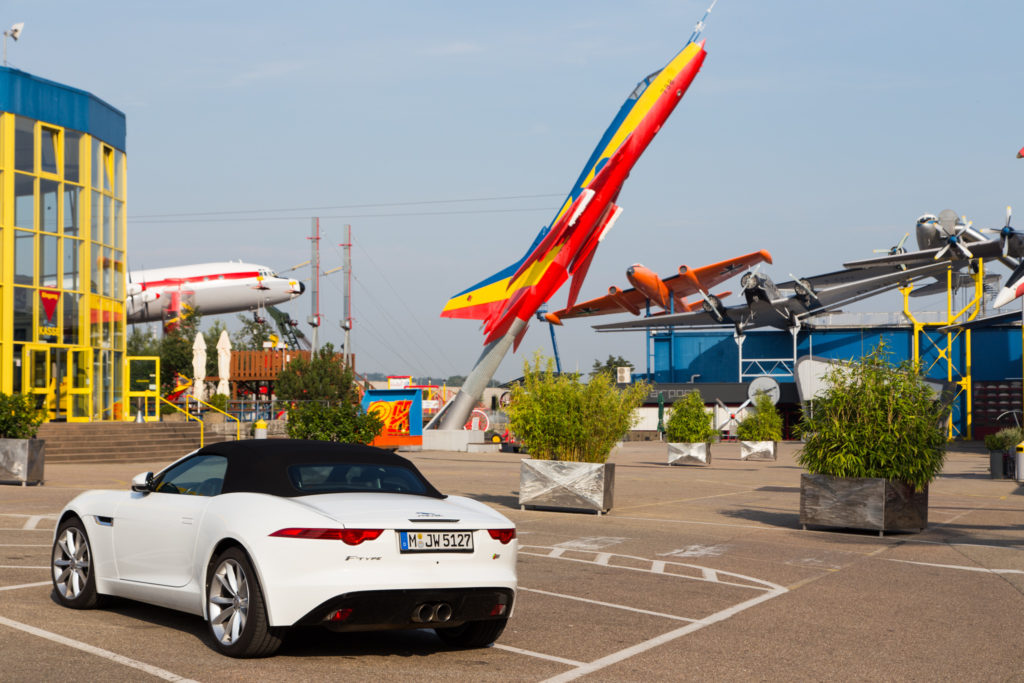


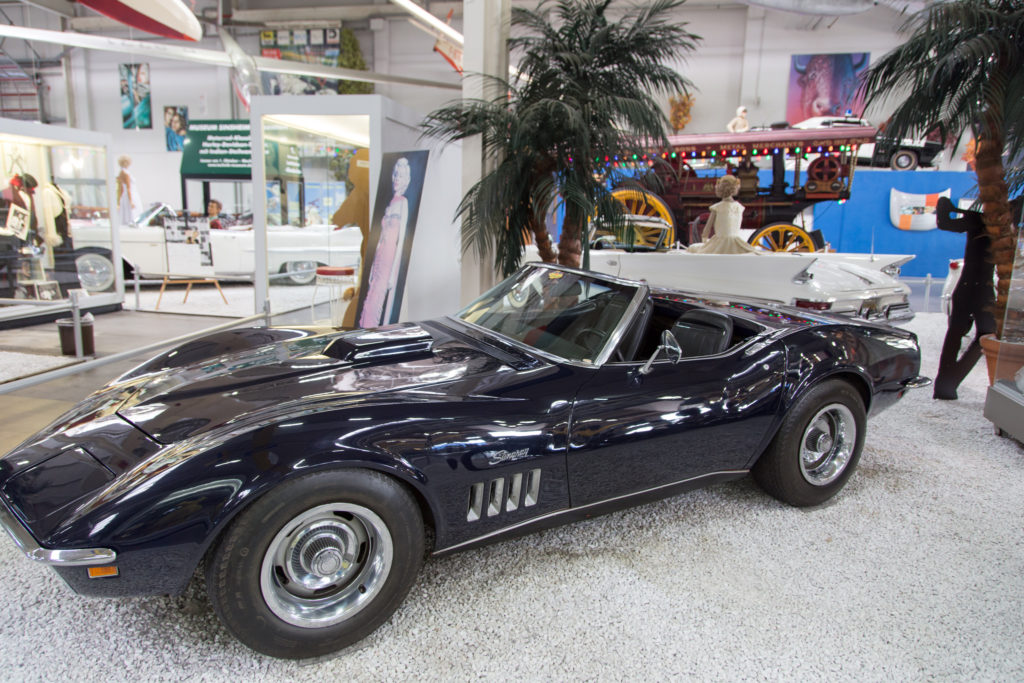



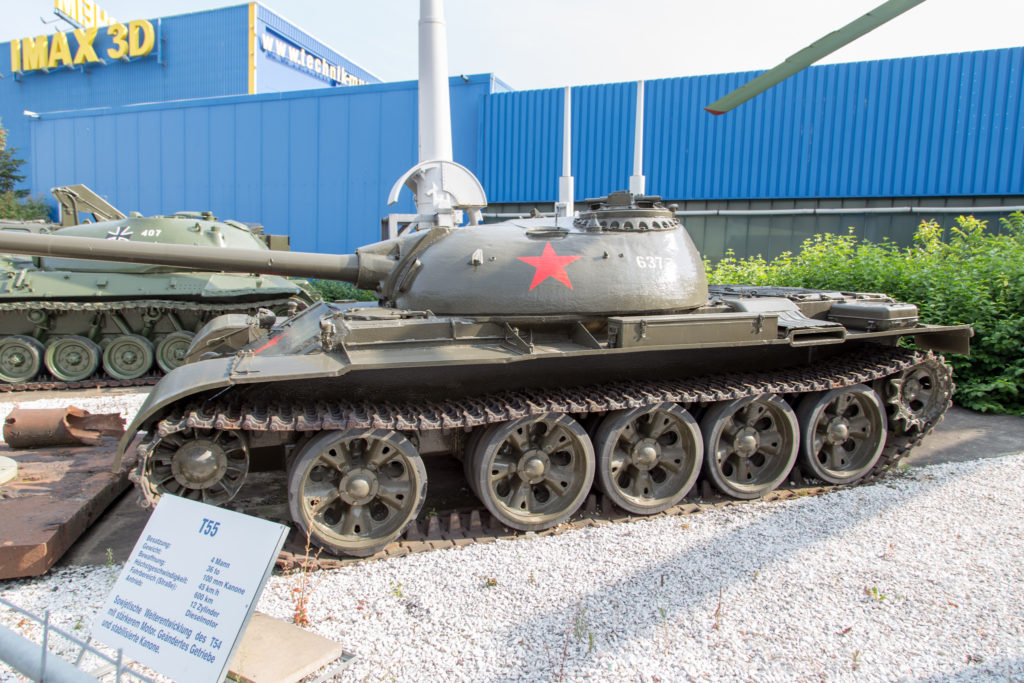







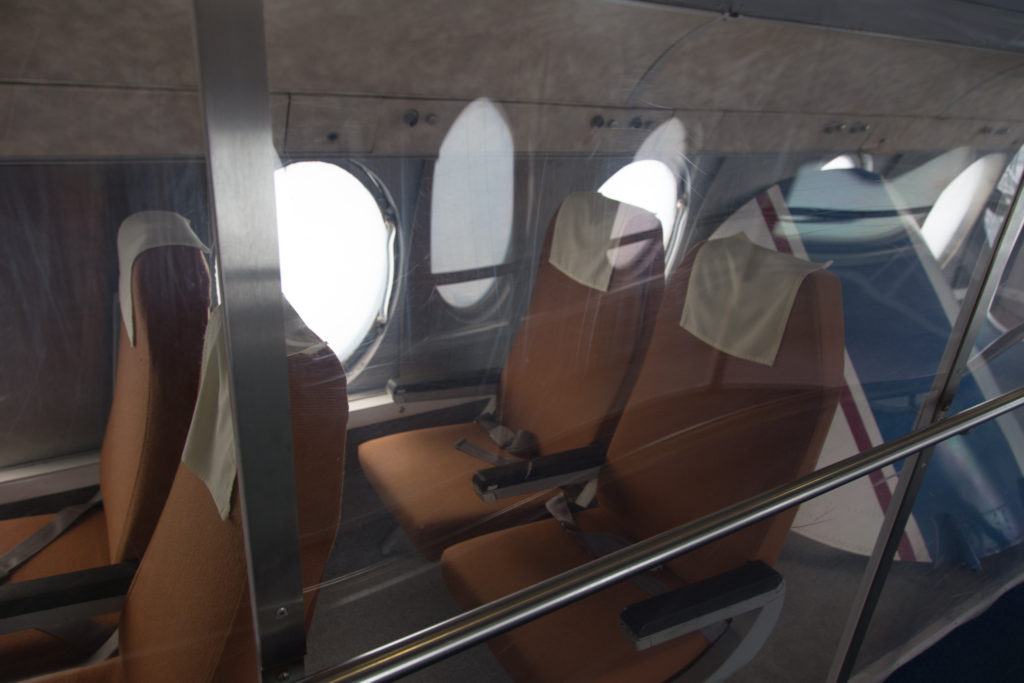




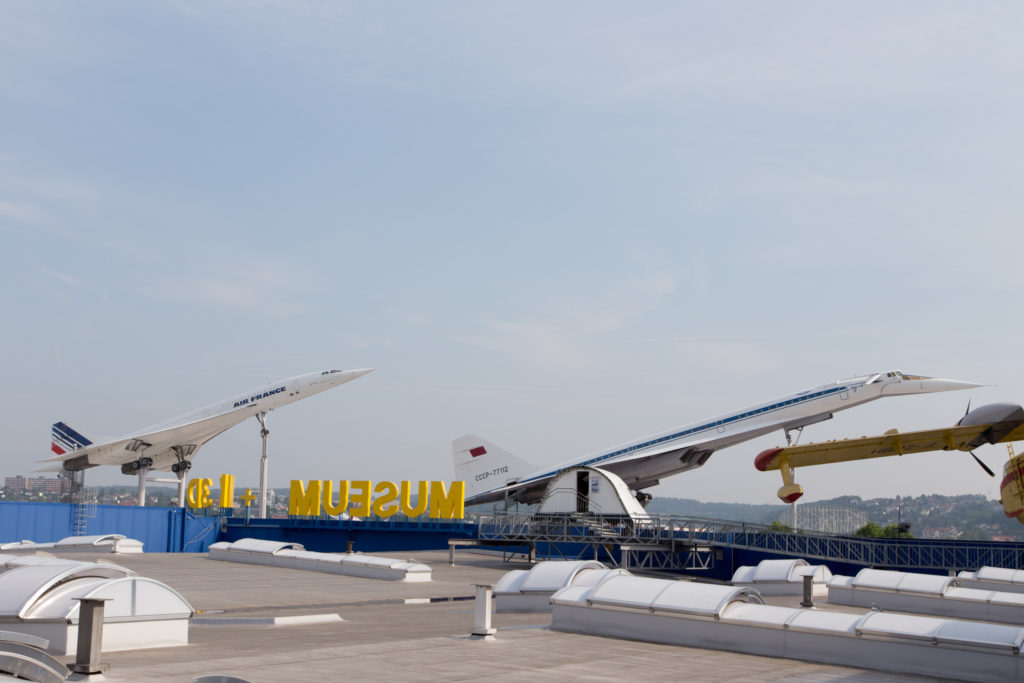
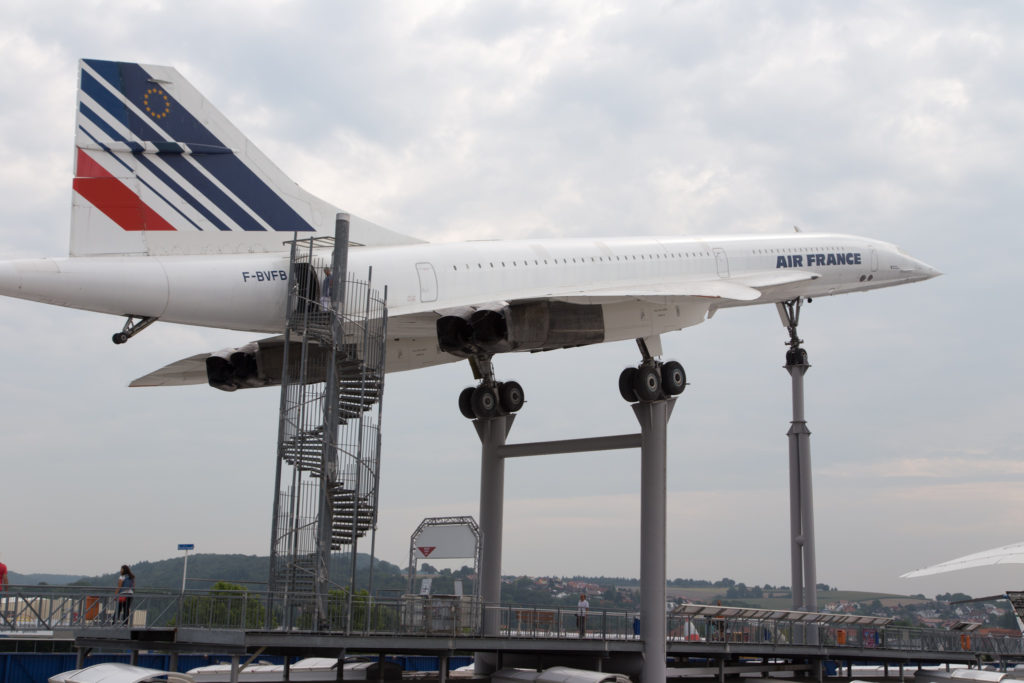



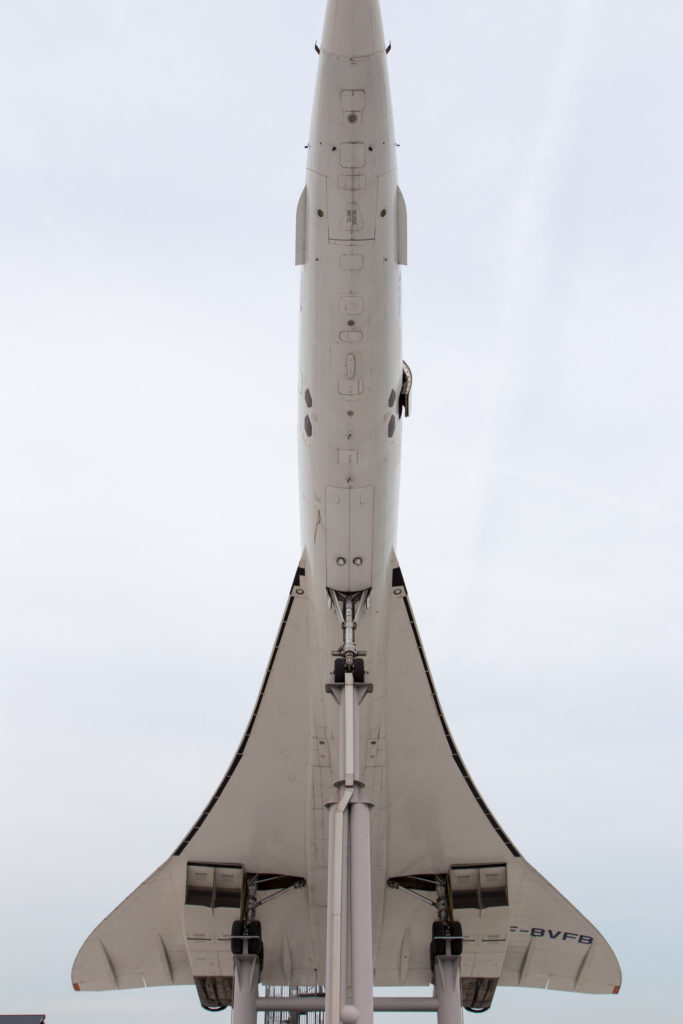




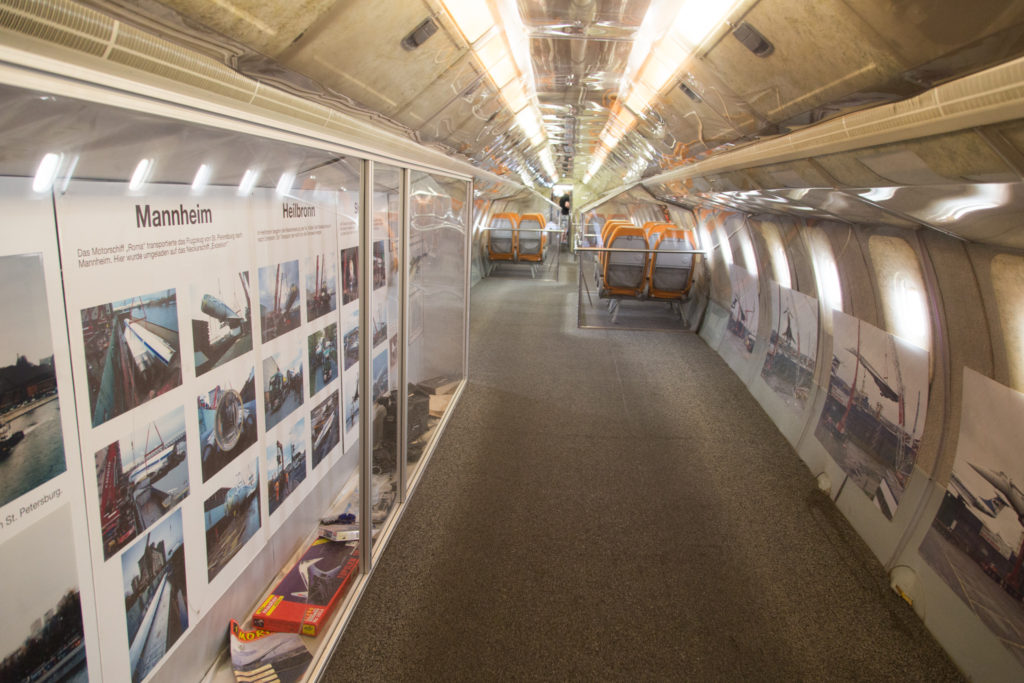
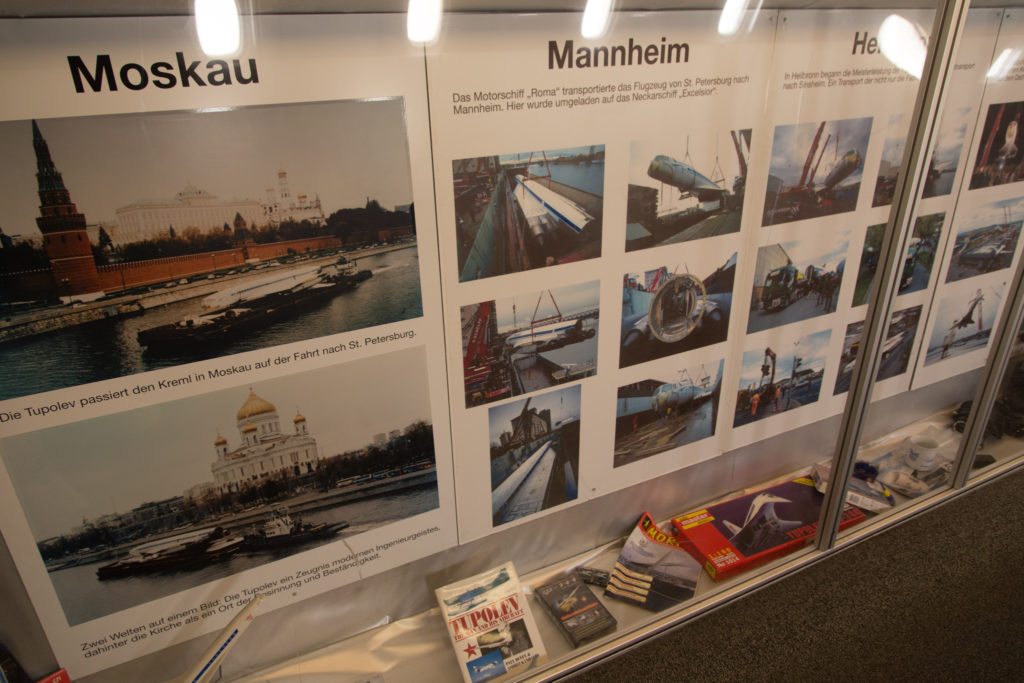



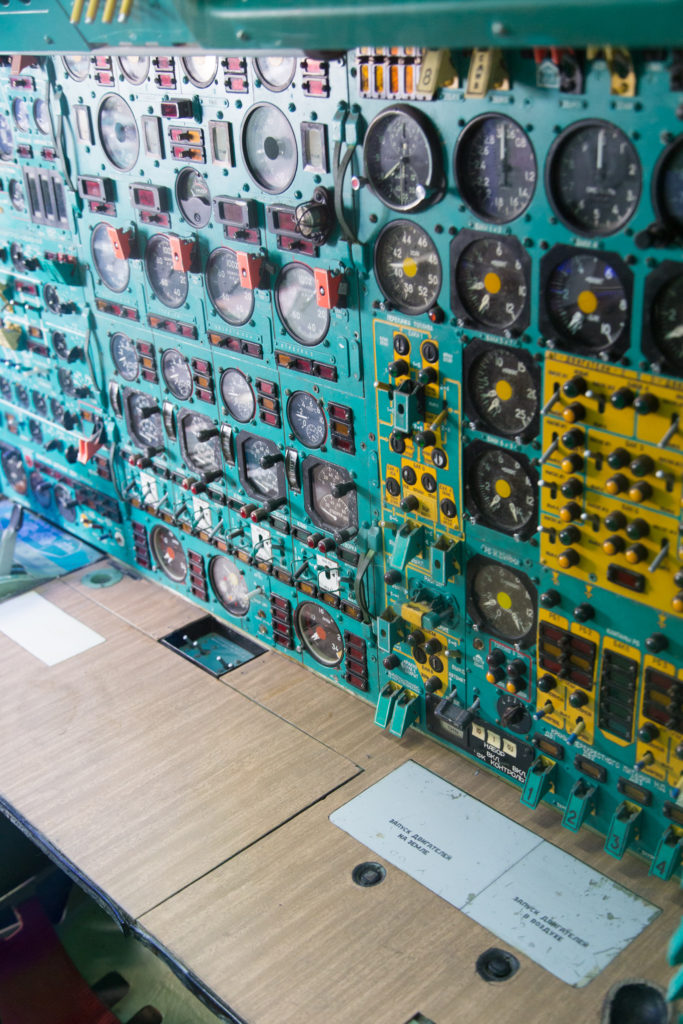


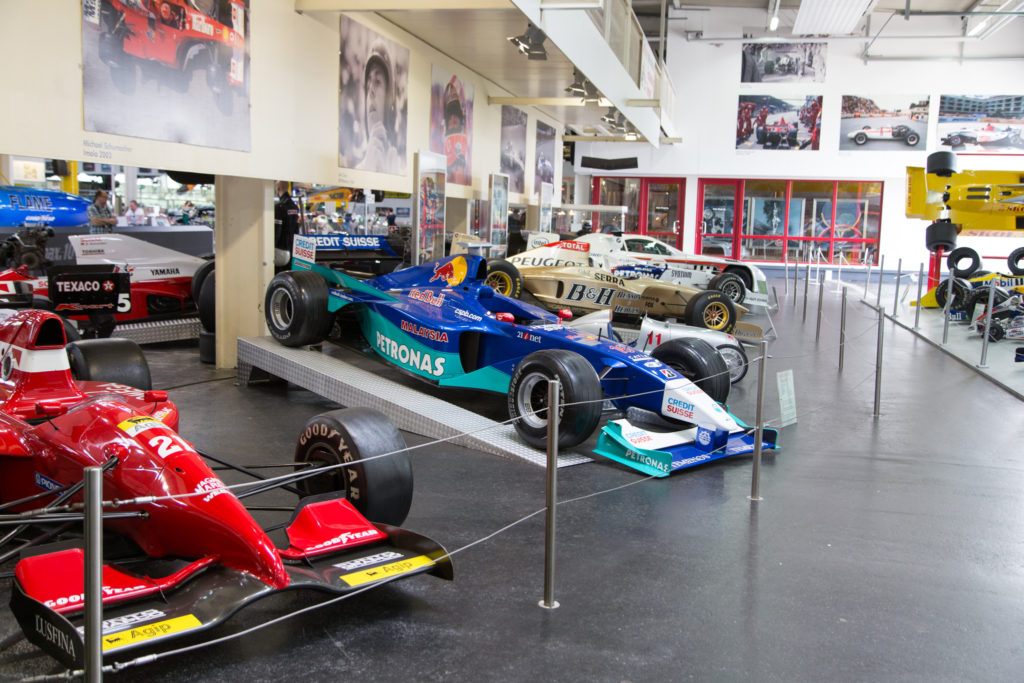

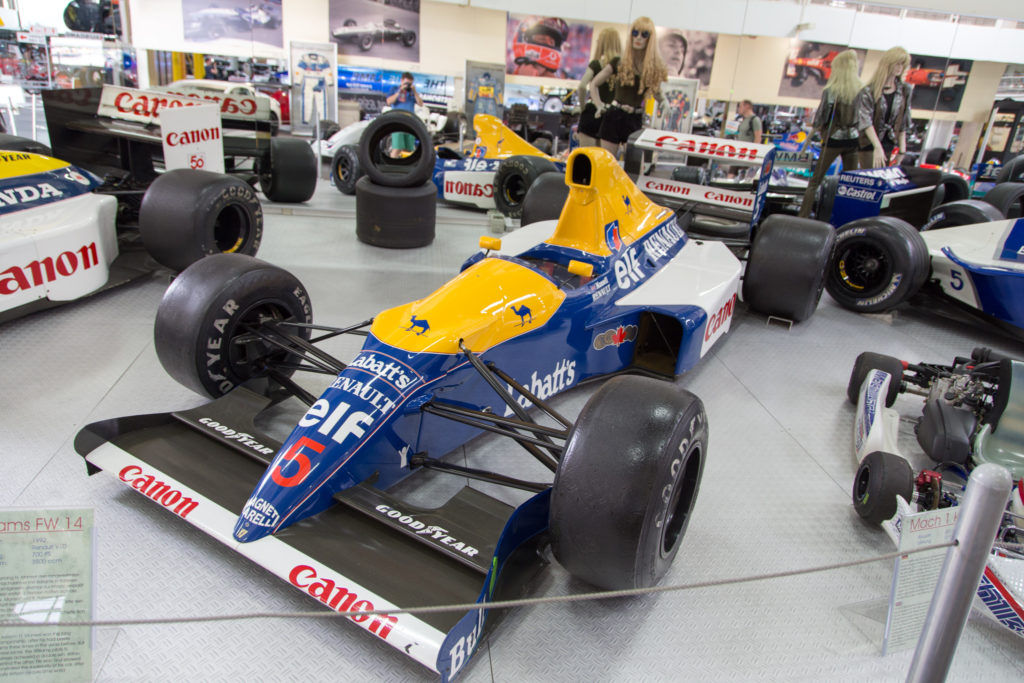
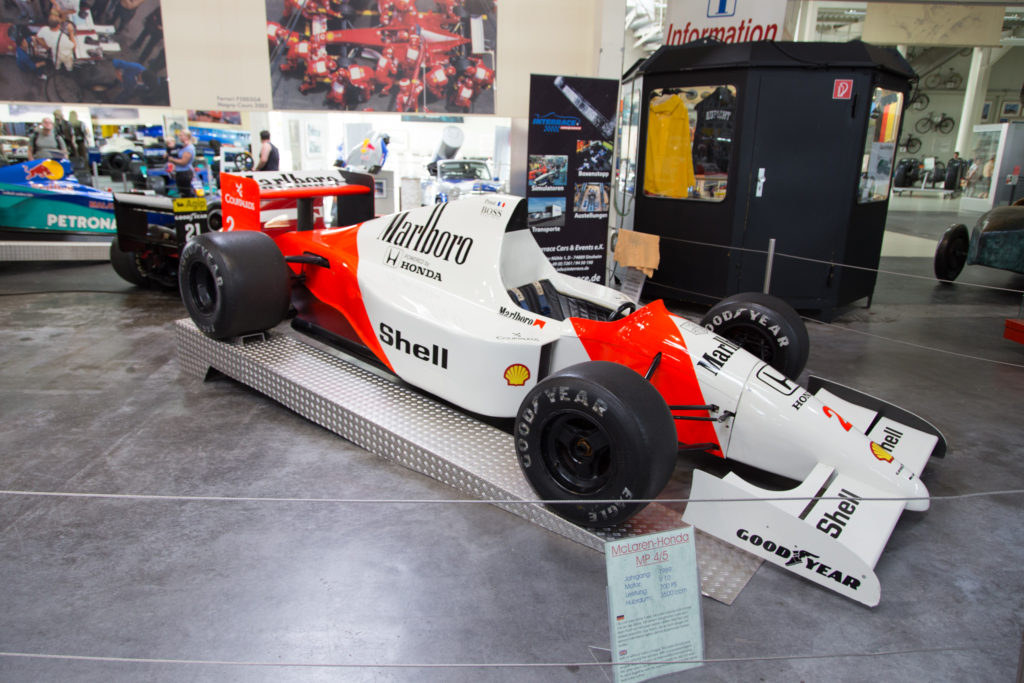
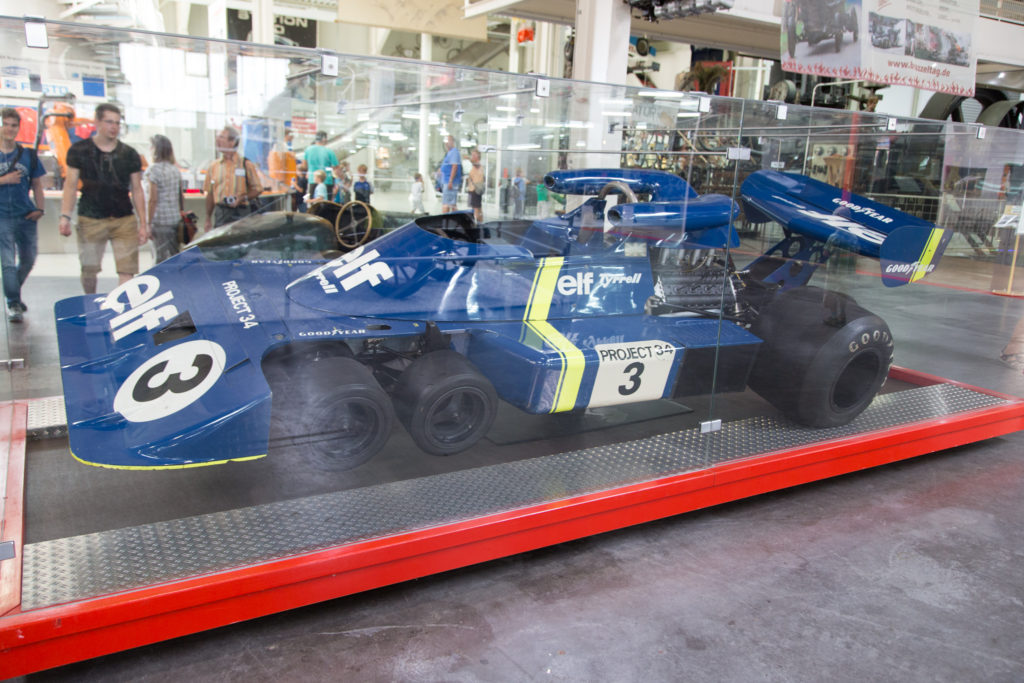

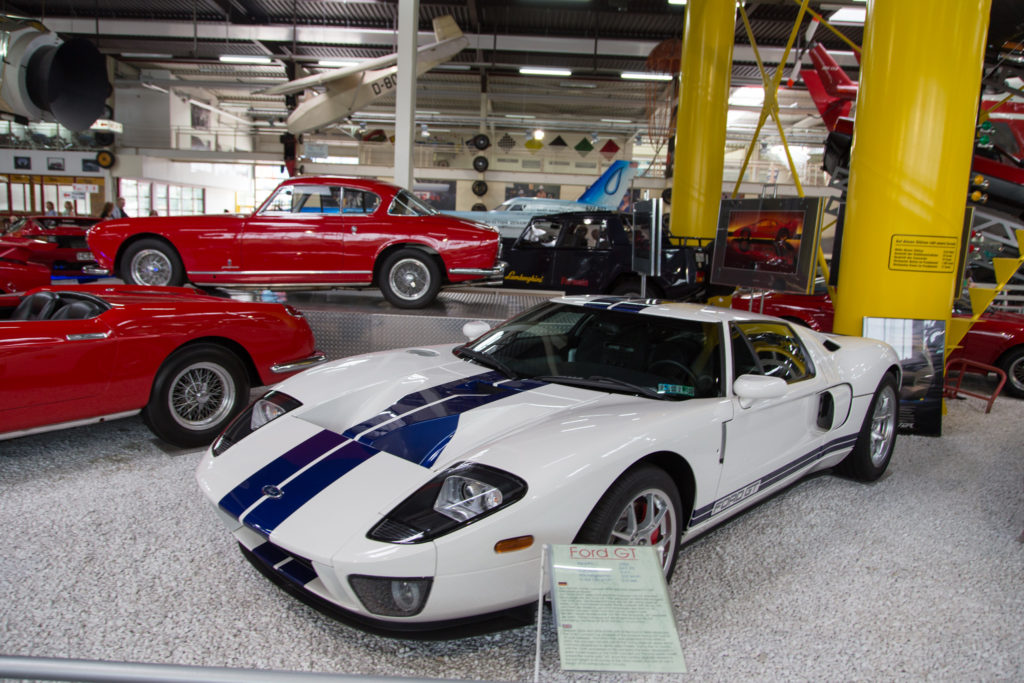

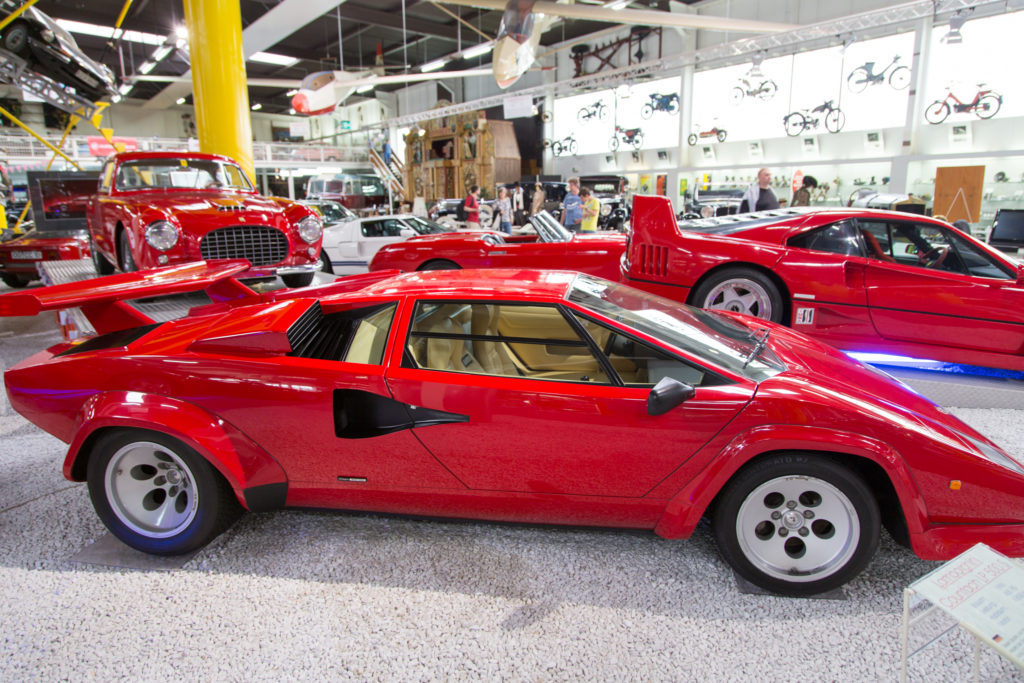




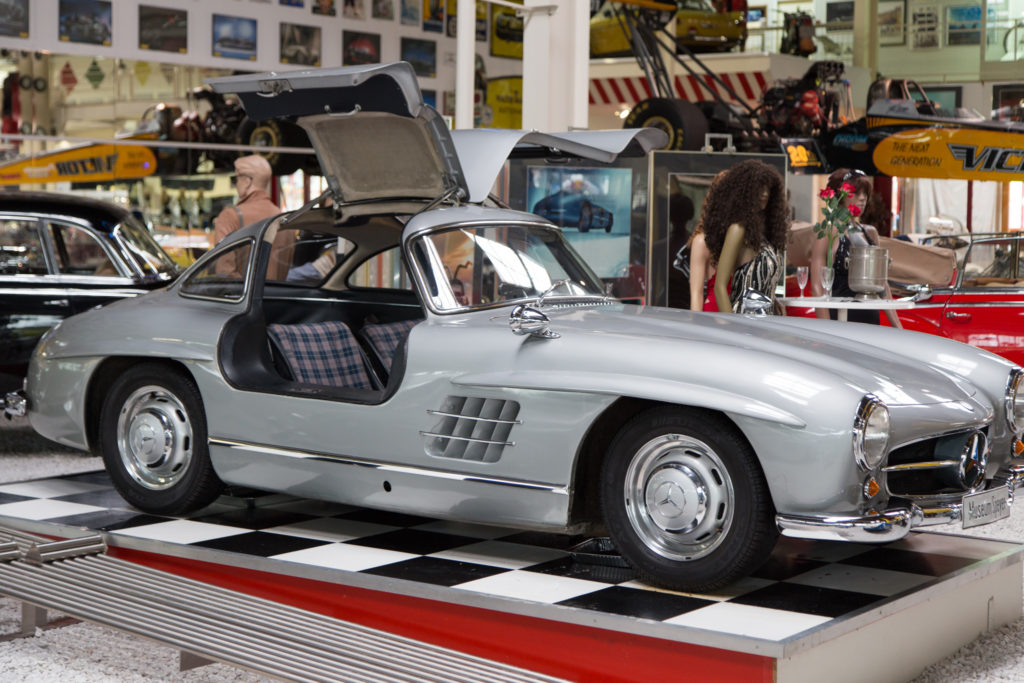
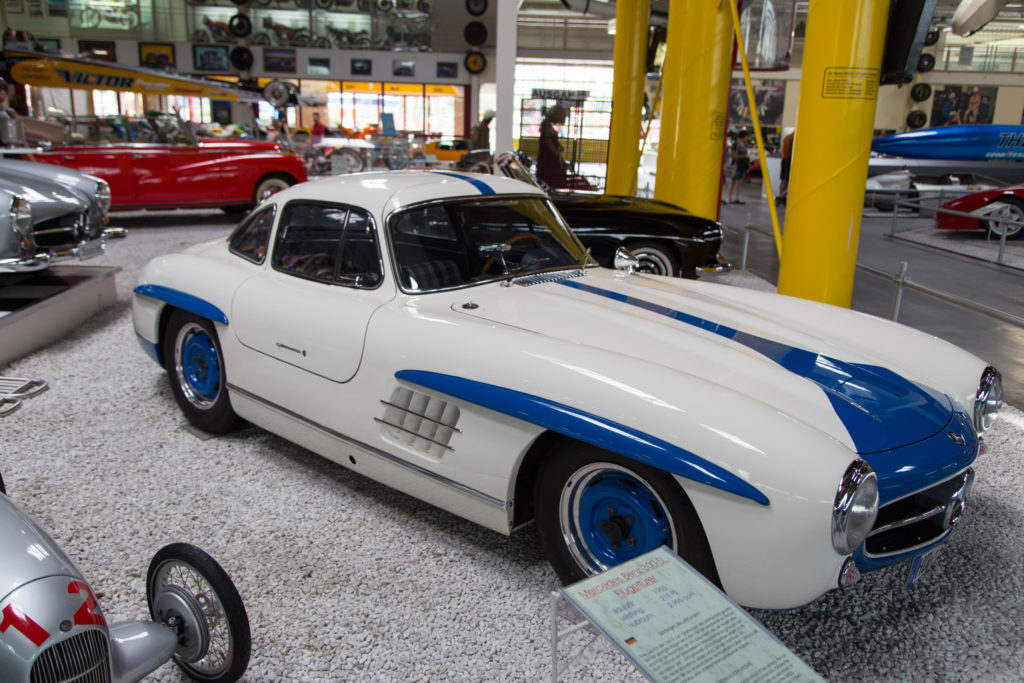



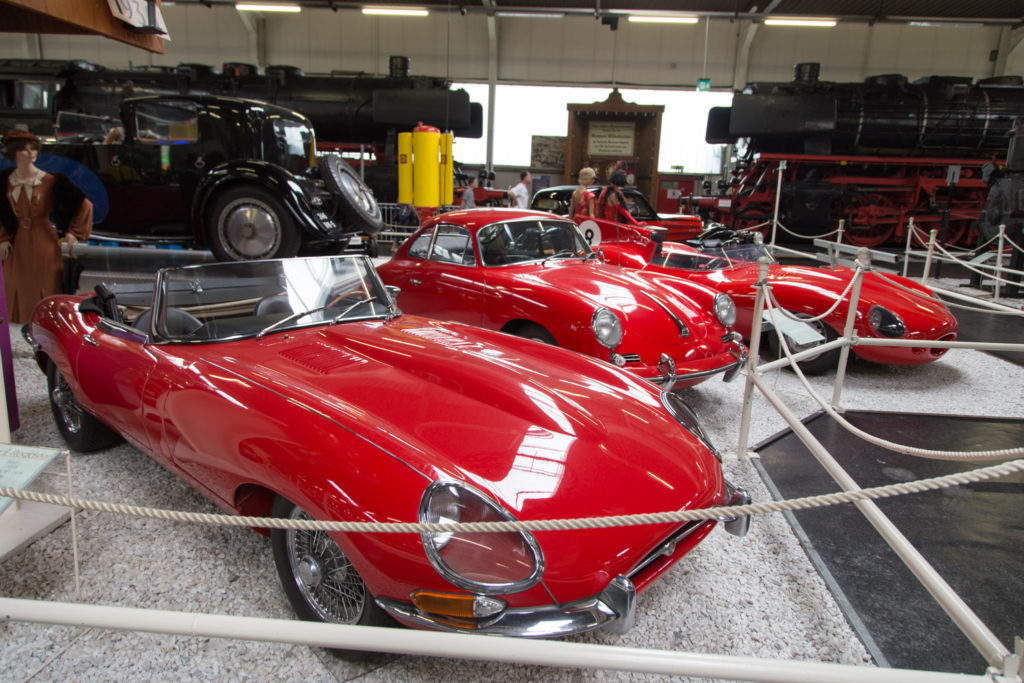



You must log in to post a comment.